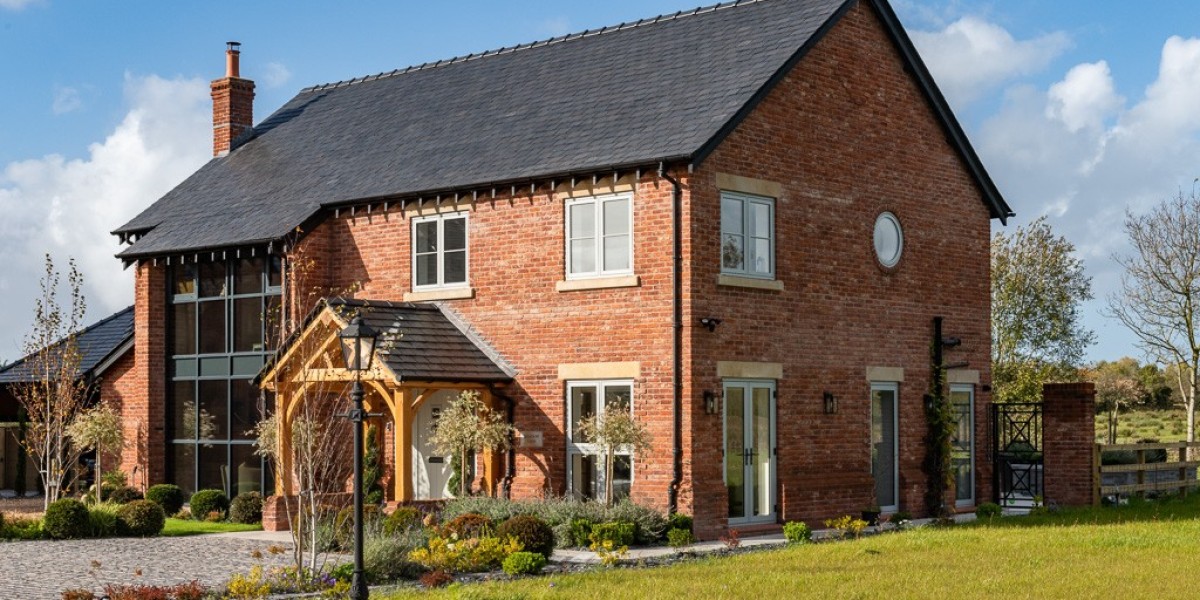The smart home revolution is accelerating rapidly, powered by technological breakthroughs that make everyday living more intuitive, secure, and energy-efficient. Homeowners are increasingly embracing AI-driven devices, advanced connectivity standards, and sustainability-focused innovations that transform traditional houses into intelligent living spaces. These innovations promise to deliver unmatched convenience, better resource management, and enhanced security — setting the stage for smart living to become mainstream.
According to Straits Research, the global smart home industry size was valued at USD 104.28 billion in 2024 and is expected to grow from USD 116.81 billion in 2025 to reach USD 289.64 billion by 2033, growing at a CAGR of 12.02% during the forecast period (2025-2033). This surge is fueled by rising consumer demand for interconnected devices that simplify daily tasks, coupled with improvements in artificial intelligence and connectivity technologies making smart homes more reliable and user-friendly.
Leading Players and Global Developments
In the United States, tech giants such as Amazon, Google, Apple, and Samsung continue dominating the smart home scene. Amazon’s Alexa and Google Assistant remain the most widely deployed voice-controlled AI home assistants, increasingly being integrated into a vast ecosystem of smart lighting, thermostats, security cameras, and appliances. Apple strengthens its foothold with HomeKit compatibility emphasizing privacy and seamless multi-device integration.
Europe sees heavy contributions from companies like Bosch (Germany), Philips Hue (Netherlands), and BT Group (UK) focusing heavily on integrating smart energy management tools with advanced home automation systems. The continent also drives innovation in sustainable smart home solutions consistent with stringent EU energy efficiency regulations.
Asia-Pacific is overall the fastest growing region, powered by expanding middle-class populations and rising demand in countries like China, India, Japan, and South Korea. Leading players include Xiaomi (China), Samsung (South Korea), and LG Electronics (South Korea), who offer affordable smart devices targeting diverse consumers. India is witnessing rapid adoption of modular and voice assistant-enabled devices, with local startups also innovating in affordable home automation.
Trend Spotlight: AI, Matter, and 5G Integration
Artificial intelligence stands as the linchpin of smart home innovation in 2025 and beyond. Modern AI-powered assistants learn users’ routines and preferences, automating lighting, climate control, and entertainment for personalized comfort and energy conservation. Google Nest’s smart thermostat is a popular example that reduces power consumption by adapting to occupancy patterns.
One major technological leap is the adoption of Matter, an open-source connectivity standard collaboratively developed by Apple, Amazon, Google, and the Zigbee Alliance. Matter aims to unify device protocols across brands, ensuring seamless interoperability. By enabling smart lights, locks, and sensors to communicate effortlessly regardless of manufacturer, it simplifies setup and enhances user experience worldwide.
The rollout of 5G networks further advances smart home capabilities by offering ultra-fast, low-latency connections that facilitate real-time control and high-bandwidth applications like 4K video streaming and immersive AR/VR experiences. Samsung and Google are among key players integrating 5G into smart hubs to support reliable, instant device communication.
Security and Sustainability Drive Innovation
Smart home security systems are advancing rapidly with AI-powered cameras capable of facial recognition and anomaly detection. Ring’s video doorbells now differentiate between people, pets, and vehicles, reducing false alarms. Biometric smart locks and cloud-based monitoring also add layers of convenience and protection, giving homeowners peace of mind.
Sustainability remains a priority as consumers seek to reduce energy consumption and carbon footprints. Smart energy management systems optimize heating, ventilation, and lighting schedules, while integration with solar power and battery storage solutions is gaining traction. Brands like Tesla Powerwall provide home energy independence, supported by IoT sensors that ensure maximum efficiency.
Recent News and Industry Moves
In early 2025, Amazon expanded its Alexa Guard feature with enhanced AI threat detection to improve home security, collaborating with third-party security firms for rapid emergency alerts. Google introduced advanced AI-driven predictive maintenance for Nest devices, alerting users to potential appliance failures.
European giant Bosch announced a new range of smart home sensors compatible with Matter, emphasizing home automation integration tailored to European energy regulations. Xiaomi unveiled new voice-activated smart home kits in India designed for affordability and ease of use in emerging markets.
Outlook: Smarter, Greener, More Connected Homes
The future promises smart homes that anticipate residents' needs before commands are issued, blending AI automation, universal device compatibility, and sustainable technologies. As ecosystems unify and 5G connectivity expands, smart homes will become even more intuitive, secure, and environmentally responsible — fundamentally redefining how people live.













